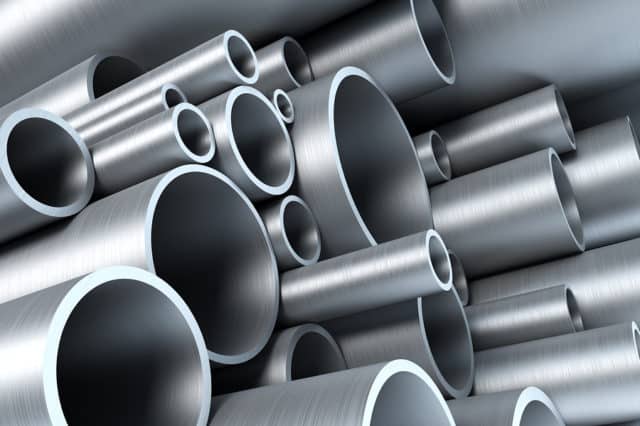Industrial metals have become unusually expensive in recent months. One record follows the other. On Tuesday, the price of copper, which is needed, for example, to produce cables for electrical appliances, reached a three-year high. Zinc used for steelmaking recorded on Monday on a ten-year high.
And palladium, which is used, among other things, in the production of catalysts for cars, was at the beginning of the week as expensive as last year. Since the beginning of 2016 the price of copper has increased by 40 percent, zinc has become 95 percent more expensive and has palladium Increased by 67 per cent. A rally, which also emanates on the stock markets – because it pushed up the price of many a raw material company. Is that over now?
The big question is: Was this price increase justified? Does the increase in commodity prices simply reflect the good development of industry around the world, especially in China? Or has a speculative price bubble arose, which is now threatening to burst? Whether weaknesses in the price development indicate a change, must be shown. On the other hand, a considerable “speculative element”, as the analysts call it, was the most recent in the price rise of metal prices.
Speculators are hoping that the Chinese will do everything they can to achieve their growth goals by the end of the decade. Recall last year’s raw material prices which also rose because of Donald Trump and his promises for an economic stimulus program. Now they got up despite Trump.
It is also believed that there are exaggerations. In principle, however, a strong development of raw materials is not untypical for the current situation of the global economy: From history, we have learned that when the production gaps close in the big economies and the inflationary pressure begins to rise, this means a buying signal for raw materials. The increase in the copper price from 5600 to 6300 dollars per ton is fundamentally justified – a further 300 dollars are speculatively driven.
Some analysts are also raising warning signs that the price increase was due to speculation, the high risk appetite of the market participants, which also showed in the stock markets, and the weak dollar to the rising metal prices.










